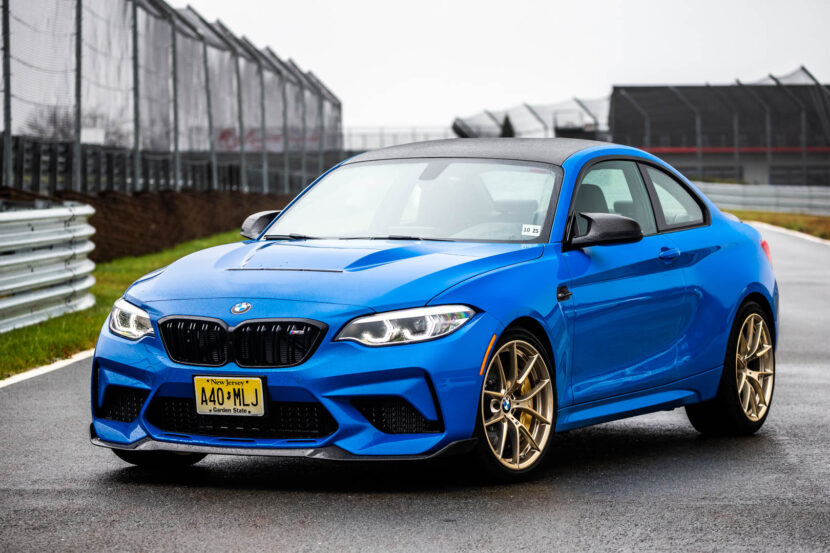A Deep Dive Into the Rarity and Spec Choices of the F87 BMW M2 CS
The F87 BMW M2 CS dropped weight, upped power, and went ultra-exclusive. In 2019 when BMW began communications surrounding the even higher-performance variant of the already sweet M2, the brand said production numbers would hover around 2,200 units. That’s worldwide, mind you. Just a handful of days ago, new information surfaced suggesting BMW went a little overboard and, in fact, sold 2,381 examples. And it gets better than that. The person compiling the data also provided a breakdown comprising color and transmission take rates, sales by country, and more.
BMW M2 CS Production Number Highlights by Country
As mentioned, 2,381 examples of the F87 M2 CS found their way into customer hands all over the world. Sixty different countries saw M2 CS models delivered new, with several examples being one-of-one for their locale. While undoubtedly rare, it’s a bit surprising to see only a single M2 CS sold new in markets like Ireland and New Zealand. The most popular market was the United States, getting the lion’s share of M2 CS sales, 621. Germany came in second place, which saw 563 cars, including the sole Individual example painted Birch Green. Canada (103 units) and the United Kingdom (105 units) were distant third and fourth places.
BMW M2 CS Production Number Highlights by Color and Transmission
With ostensibly only four colors offered, one might expect a pretty even split when it comes to color. The data says otherwise. Alpine White is by far the rarest color on an F87 M2 CS, with only 273 examples painted the historic BMW shade. 554 cars were painted Black Sapphire Metallic, which is about even with the 650 units painted Hockenheim Silver. The launch color, Misano Blue, was (understandably) the most popular with nearly half of F87 M2 CS production seeing the paint color — 903 units. Finally, we have the one Birch Green M2 CS, which is well-documented as being a one-off for Steffen Krebs.
Interestingly, Alpine White cars were also about split when it came to transmission choice. BMW sold 127 manual cars compared to 146 cars equipped with the quick-shifting dual-clutch transmission (DCT). Misano Blue cars are similarly split: 415 manuals and 488 DCT. Black Sapphire and Hockenheim cars were decidedly more imbalanced: each saw considerably more automatic cars than manual. Only 172 manual Black Sapphire cars shipped, compared to 382 DCT. For Hockenheim, the ratio was 226 manuals to a whopping 415 automatic. The one Birch Green car is, sadly, equipped with a DCT. A total of 940 manual cars were produced compared to 1,441 DCT cars.
An F87 BMW M2 CS With Carbon Brakes is Pretty Rare
The final anecdote the data covers is carbon ceramic brake take rate. Ultimately, 753 cars were equipped with carbon ceramic brakes, while the remaining 1,628 cars make do with traditional steel ones. While that may sound like a low take rate, we’re willing to bet it’s a lot higher than figures for models that regularly see carbon ceramics as an option, like the run-of-the-mill M3 and M4 models.
Given the information is coming from the same source that compiled extensive statistics and information on every E9X M3, we’re giving them the benefit of the doubt on this one. At least, until the notorious bimmerpost insider SickFinga (BMW M Registry) can get access to comprehensive F8X production stats.
Source: @mdataworks




